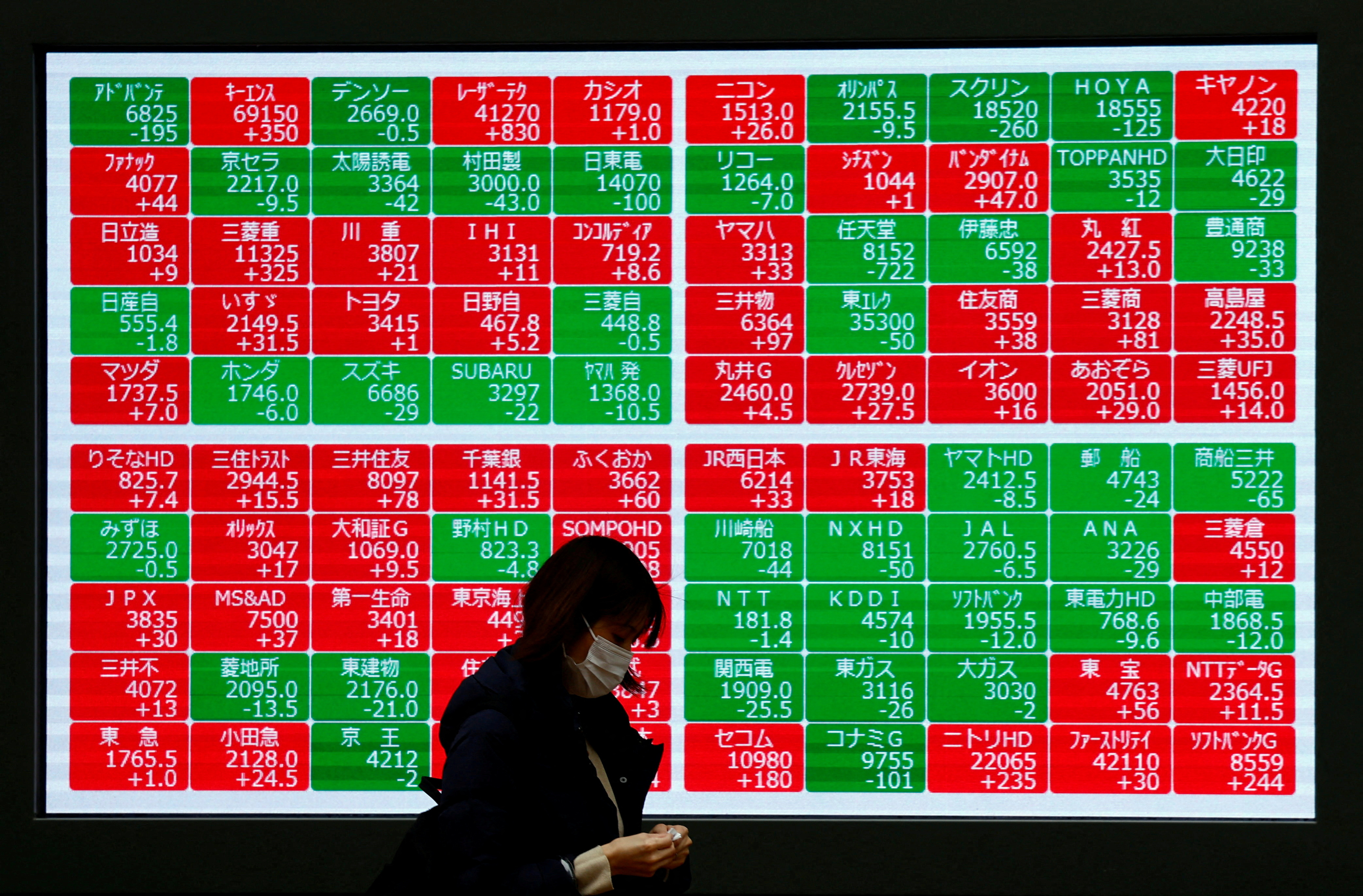Report on EU Trade Agreements and Sustainable Development Goals (SDGs)
This report provides an overview of the European Union’s trade agreements with various countries and regions worldwide, highlighting their status and emphasizing the integration of Sustainable Development Goals (SDGs) within these agreements.
Introduction
The European Union (EU) maintains a broad network of trade agreements aimed at fostering economic cooperation, sustainable development, and inclusive growth. These agreements contribute significantly to achieving the United Nations Sustainable Development Goals by promoting responsible trade, economic growth, reduced inequalities, and environmental sustainability.
Overview of Trade Agreements by Country/Region
-
Western Balkans
- Albania: Stabilisation and Association Agreement, in force since 2009.
- Bosnia and Herzegovina: Stabilisation and Association Agreement, in force since 2015.
- Kosovo: Stabilisation and Association Agreement, in force since 2016.
- Montenegro: Stabilisation and Association Agreement, in force since 2010.
- North Macedonia: Stabilisation and Association Agreement, in force since 2004.
- Serbia: Stabilisation and Association Agreement, in force since 2013.
These agreements support SDG 8 (Decent Work and Economic Growth), SDG 9 (Industry, Innovation, and Infrastructure), and SDG 10 (Reduced Inequalities) by fostering regional stability and economic integration.
-
North Africa and Middle East
- Algeria: Association Agreement, in force since 2005.
- Egypt: Association Agreement, in force since 2004.
- Jordan: Association Agreement, in force since 2002.
- Lebanon: Association Agreement, in force since 2006.
- Morocco: Association Agreement, in force since 2000; modernisation negotiations began in 2013 (on hold since 2014).
- Tunisia: Association Agreement, in force since 1998; modernisation negotiations began in 2015 (on hold since 2019).
- Palestinian Authority: Interim Association Agreement, in force since 1997.
- Iraq: Partnership and Cooperation Agreement, provisionally applied since 2012.
These agreements promote SDG 16 (Peace, Justice, and Strong Institutions) and SDG 17 (Partnerships for the Goals) by enhancing cooperation and governance frameworks.
-
Sub-Saharan Africa
- Botswana, Eswatini, Lesotho, Mozambique, Namibia, South Africa: Economic Partnership Agreements (EPAs) under the Southern African Development Community (SADC), provisionally applied since 2016-2019.
- Cameroon: Interim Economic Partnership Agreement, provisionally applied since 2014.
- Comoros, Madagascar, Mauritius, Seychelles, Zimbabwe: Economic Partnership Agreements under Eastern and Southern Africa (ESA), provisionally applied since 2012-2019 with ongoing modernisation negotiations.
- Ghana, Côte d’Ivoire: Stepping stone Economic Partnership Agreements, provisionally applied since 2016.
- Kenya: Economic Partnership Agreement, in force.
These agreements align with SDG 1 (No Poverty), SDG 8 (Decent Work and Economic Growth), SDG 12 (Responsible Consumption and Production), and SDG 13 (Climate Action) by encouraging sustainable economic development and trade.
-
Caribbean (CARIFORUM)
- Countries including Antigua and Barbuda, Bahamas, Barbados, Belize, Dominica, Dominican Republic, Grenada, Guyana, Jamaica, St Kitts and Nevis, St Lucia, St Vincent and the Grenadines, Suriname, Trinidad and Tobago.
- All are covered under the Economic Partnership Agreement, provisionally applied since 2008.
This partnership supports SDG 8 (Decent Work and Economic Growth), SDG 10 (Reduced Inequalities), and SDG 14 (Life Below Water) by promoting sustainable trade and economic resilience in small island developing states.
-
Central America
- Costa Rica, El Salvador, Guatemala, Honduras, Nicaragua: Association Agreements with strong trade components, provisionally applied since 2013.
These agreements contribute to SDG 8 (Decent Work and Economic Growth) and SDG 17 (Partnerships for the Goals) by enhancing regional trade integration and sustainable development.
-
Andean Community
- Colombia, Ecuador, Peru: Trade Agreements, provisionally applied since 2013.
These agreements foster SDG 8 (Decent Work and Economic Growth) and SDG 15 (Life on Land) through sustainable trade practices and environmental cooperation.
-
Asia-Pacific
- Japan: Global Agreement, in force since 2019.
- South Korea: Free Trade Agreement, in force since 2015.
- Singapore: Free Trade Agreement, in force since 2019.
- Vietnam: Free Trade Agreement, in force since 2020.
- New Zealand: Free Trade Agreement, in force since 2024.
- Fiji, Papua New Guinea, Samoa, Solomon Islands: Interim Partnership or Economic Partnership Agreements, provisionally applied since 2013-2020.
These agreements support SDG 9 (Industry, Innovation, and Infrastructure), SDG 12 (Responsible Consumption and Production), and SDG 13 (Climate Action) by promoting sustainable economic growth and environmental responsibility.
-
Europe and EFTA Countries
- Iceland, Liechtenstein, Norway: Economic Area Agreements, in force since 1994-1995.
- Switzerland: Agreement, in force since 1973.
- United Kingdom: Trade and Cooperation Agreement, in force since 2021.
- Turkey: Customs Union, in force since 1995.
- Andorra, San Marino: Customs Unions, in force since 1991.
These agreements contribute to SDG 8 (Decent Work and Economic Growth) and SDG 17 (Partnerships for the Goals) by facilitating economic cooperation and integration within Europe.
-
Other Notable Agreements
- Armenia: Comprehensive and Enhanced Partnership Agreement, in force since 2021.
- Azerbaijan: Partnership and Cooperation Agreement, in force since 1999; modernisation negotiations on hold since 2019.
- Kazakhstan: Enhanced Partnership and Cooperation Agreement (EPCA), provisionally applied since 2016 and in force since 2020; ongoing negotiations on Geographical Indications.
- Moldova: Association Agreement, in force since 2016; amended in 2023.
- Mexico: Global Agreement, in force since 2000; modernisation negotiations ongoing.
- Ukraine: Deep and Comprehensive Free Trade Agreement and Association Agreement, provisionally applied since 2016.
These agreements emphasize SDG 16 (Peace, Justice, and Strong Institutions) and SDG 17 (Partnerships for the Goals) by strengthening governance, rule of law, and international cooperation.
Contribution to Sustainable Development Goals
- SDG 1 – No Poverty: Trade agreements foster economic growth and job creation, reducing poverty in partner countries.
- SDG 8 – Decent Work and Economic Growth: Agreements promote inclusive and sustainable economic growth, productive employment, and decent work.
- SDG 9 – Industry, Innovation, and Infrastructure: Support for industrialization and innovation through trade facilitation.
- SDG 10 – Reduced Inequalities: Encouragement of equitable trade relations and support for developing countries.
- SDG 12 – Responsible Consumption and Production: Promotion of sustainable trade practices and environmental standards.
- SDG 13 – Climate Action: Integration of environmental considerations and climate commitments in trade agreements.
- SDG 14 & 15 – Life Below Water and Life on Land: Protection of biodiversity through sustainable trade policies.
- SDG 16 – Peace, Justice, and Strong Institutions: Strengthening of governance and rule of law in partner countries.
- SDG 17 – Partnerships for the Goals: Enhancement of global partnerships and cooperation for sustainable development.
Conclusion
The European Union’s extensive network of trade agreements plays a vital role in advancing the Sustainable Development Goals by fostering economic growth, promoting social inclusion, and encouraging environmental sustainability. Continuous efforts to modernize and enhance these agreements ensure alignment with global sustainability objectives, reinforcing the EU’s commitment to responsible and sustainable trade partnerships worldwide.
1. Sustainable Development Goals (SDGs) Addressed or Connected
The article primarily discusses various trade agreements between the European Union and multiple countries or regions worldwide. The issues highlighted relate to international trade, economic partnerships, and cooperation agreements. Based on this, the relevant SDGs connected to these issues are:
- SDG 8: Decent Work and Economic Growth – Promoting sustained, inclusive, and sustainable economic growth, full and productive employment, and decent work for all.
- SDG 9: Industry, Innovation, and Infrastructure – Building resilient infrastructure, promoting inclusive and sustainable industrialization, and fostering innovation.
- SDG 10: Reduced Inequalities – Reducing inequality within and among countries, which can be influenced by trade agreements and economic partnerships.
- SDG 17: Partnerships for the Goals – Strengthening the means of implementation and revitalizing the global partnership for sustainable development, which is directly relevant to international trade agreements and cooperation.
2. Specific Targets Under Those SDGs Identified
- SDG 8 Targets:
- 8.1: Sustain per capita economic growth in accordance with national circumstances.
- 8.3: Promote development-oriented policies that support productive activities, decent job creation, entrepreneurship, creativity, and innovation.
- 8.b: Develop and operationalize a global strategy for youth employment and implement the Global Jobs Pact of the International Labour Organization.
- SDG 9 Targets:
- 9.1: Develop quality, reliable, sustainable, and resilient infrastructure.
- 9.3: Increase the access of small-scale industrial and other enterprises to financial services, including affordable credit.
- 9.a: Facilitate sustainable and resilient infrastructure development in developing countries through enhanced financial, technological, and technical support.
- SDG 10 Targets:
- 10.1: Achieve and sustain income growth of the bottom 40% of the population at a rate higher than the national average.
- 10.2: Empower and promote the social, economic, and political inclusion of all.
- 10.b: Encourage official development assistance and financial flows, including foreign direct investment, to states where the need is greatest.
- SDG 17 Targets:
- 17.10: Promote a universal, rules-based, open, non-discriminatory, and equitable multilateral trading system under the World Trade Organization.
- 17.11: Significantly increase the exports of developing countries, in particular with a view to doubling the least developed countries’ share of global exports.
- 17.16: Enhance the global partnership for sustainable development, complemented by multi-stakeholder partnerships.
3. Indicators Mentioned or Implied to Measure Progress
The article does not explicitly mention specific indicators but implies several that can be used to measure progress towards the identified targets:
- Trade Agreement Status and Implementation: The status of agreements (e.g., “In force since”, “Provisionally applied since”) can serve as an indicator of partnership progress (related to SDG 17.16).
- Volume and Value of Trade: Although not detailed in the article, the existence and modernization of trade agreements imply monitoring trade volumes and values between the EU and partner countries (related to SDG 17.11).
- Economic Growth Rates: The impact of trade agreements on economic growth in partner countries can be measured by GDP growth rates (related to SDG 8.1).
- Employment and Decent Work Statistics: The agreements’ influence on job creation and labor conditions can be tracked through employment rates and labor standards compliance (related to SDG 8.3 and 8.b).
- Inclusion and Inequality Metrics: Changes in income distribution and social inclusion metrics in partner countries can be used to assess progress on SDG 10 targets.
4. Table of SDGs, Targets, and Indicators
| SDGs | Targets | Indicators |
|---|---|---|
| SDG 8: Decent Work and Economic Growth |
|
|
| SDG 9: Industry, Innovation, and Infrastructure |
|
|
| SDG 10: Reduced Inequalities |
|
|
| SDG 17: Partnerships for the Goals |
|
|
Source: policy.trade.ec.europa.eu







